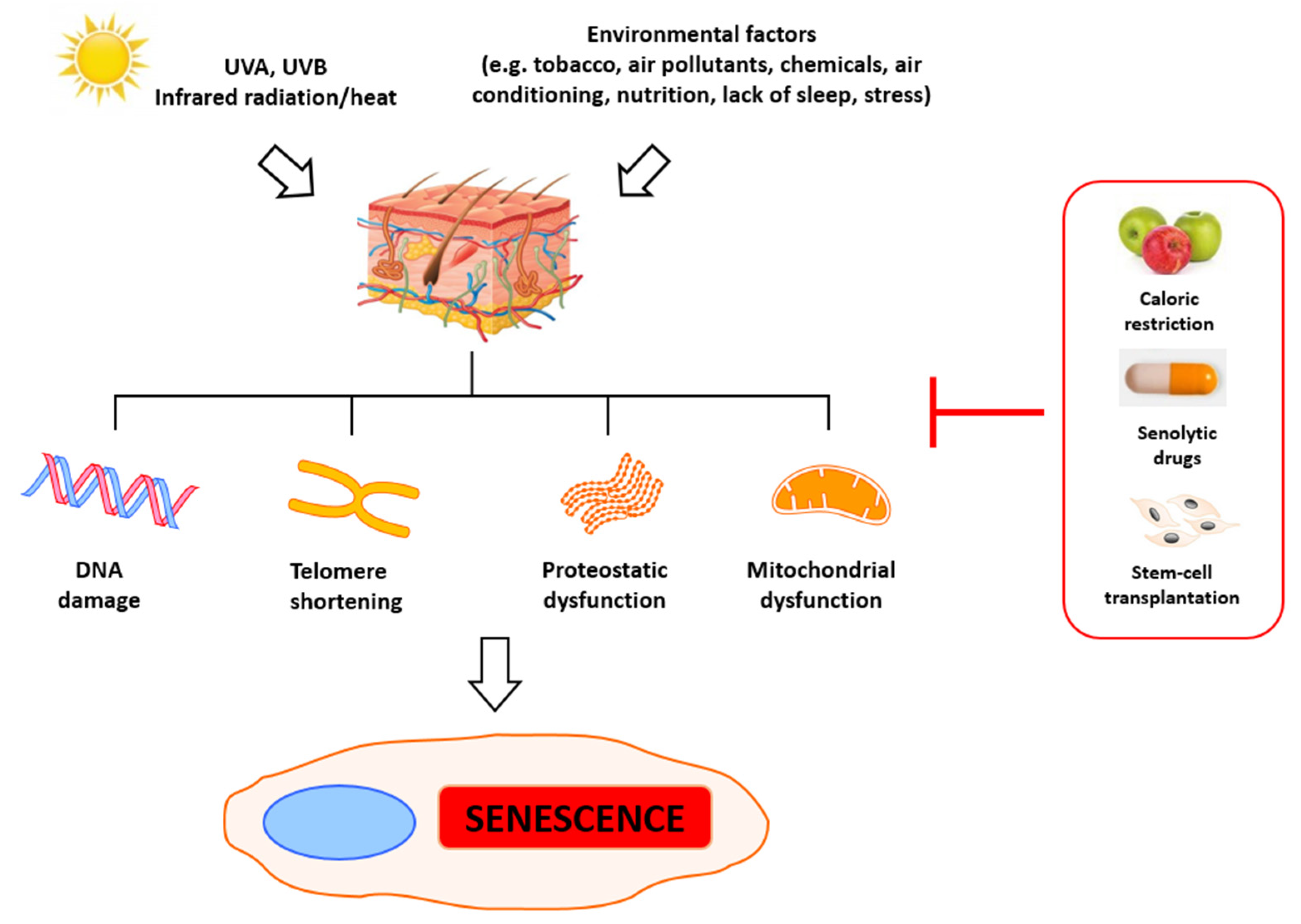PDF Telomere uncapping at the crossroad between cell cycle arrest and Biology Diagrams Telomere uncapping with advancing age might lead to P53/P21-induced senescence and subsequent inflammation in arteries. Although age-related telomere uncapping has not been assessed in noncultured human tissues, telomere shortening has been shown to occur over time in most human somatic tissues (23, 30, 47), including arteries (12, 41, 44). Since then, great advances have been made in the understanding of how telomeres are able to signal the senescence arrest. These mechanisms are of particular importance in the field of ageing, since cellular senescence, driven by telomere dysfunction, has been shown to be a causal driver of ageing and age-related pathology (van Deursen, 2014). 1.1.

VSMCs in human atherosclerotic plaques show cellular senescence markers and telomeres that are markedly shorter than those in unaffected vessels from the same individual 115. Telomere dysfunction induced by VSMC-specific expression of mutant TRF2 is sufficient to increase atherosclerosis 116,117. However, it is important to remember that telomere uncapping and cellular senescence have critical physiological roles. Recapping telomeres has never been demonstrated experimentally and may lead to the division of cells with damaged DNA. In contrast, age-related telomere uncapping may result directly from a dysfunctional shelterin complex, in Here, we report that in response to radiation, oxidative stress, or bleomycin, the E3 ubiquitin ligase FBW7 mediates cell senescence and tissue fibrosis through telomere uncapping. FBW7 binding to telomere protection protein 1 (TPP1) facilitates TPP1 multisite polyubiquitination and accelerates degradation, triggering telomere uncapping and DNA

FBW7 Mediates Senescence and Pulmonary Fibrosis through Telomere Uncapping Biology Diagrams
Next, we investigated the mechanisms by which FBW7 mediates stress-induced cell senescence. The telomere shelterin protein TPP1 was found to be significantly unstable in the presence of H 2 O 2, BLM, or IR, undergoing rapid degradation in human pulmonary A549 cells (Figure 2 A). Having confirmed the specificities of detecting shelterin proteins TPP1, TIN2, TRF1, TRF2, and Rap1 using

Interestingly, unlike telomere length, telomere uncapping was found to strongly correlate to markers of p53/p21-associated senescence in arteries from healthy young and old individuals. 21 Furthermore, in comparison with healthy old controls, age-matched hypertensive individuals have greater p53/p21-dependent senescence and telomere uncapping In this review, we describe how telomere uncapping potentially leads to age-related vascular dysfunction and increased cellular senescence, oxidative stress, and inflammation. Importantly, we present evidence to argue that telomere uncapping is more biologically relevant than telomere shortening and a better marker of vascular aging and target 4.1. Sex differences in telomere uncapping and senescence. We have previously demonstrated in arteries that telomere uncapping increases with advancing age in a combined group of women and men (Morgan et al., 2013). In the present study, we demonstrate that arterial telomere uncapping was significantly greater with age in women, but not men.
